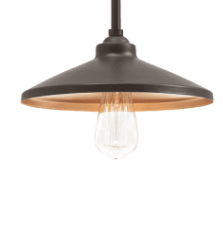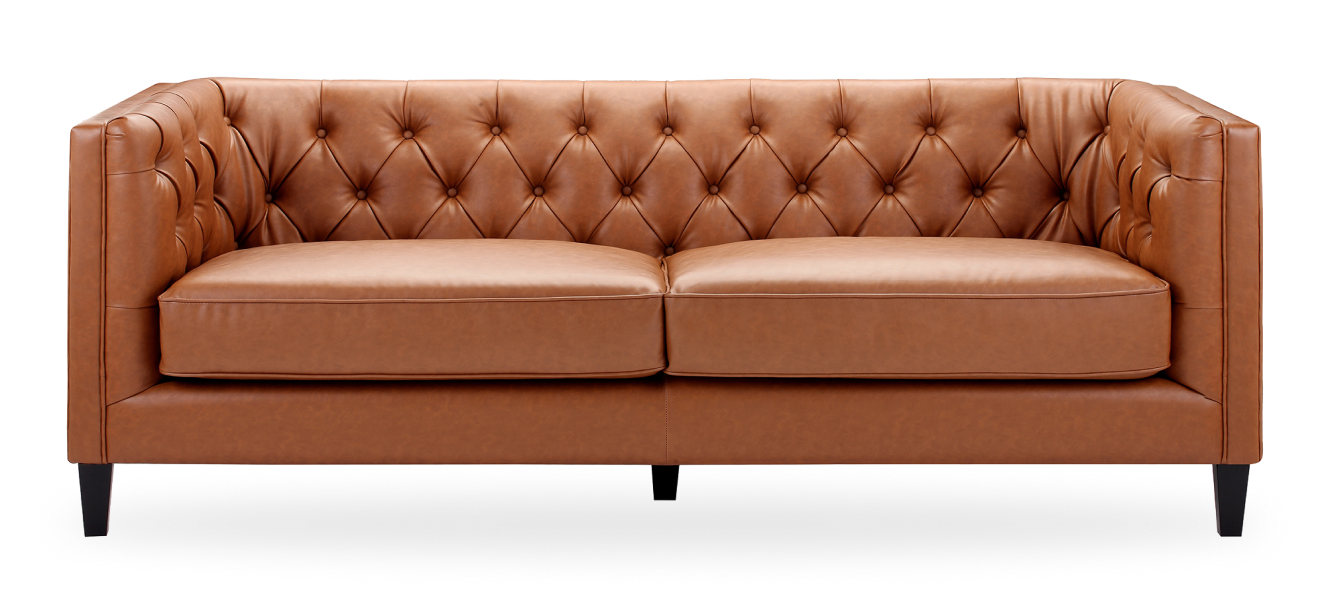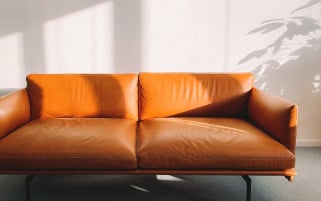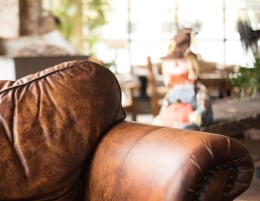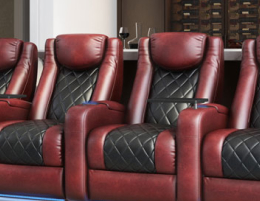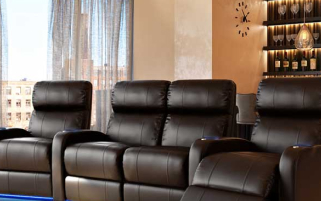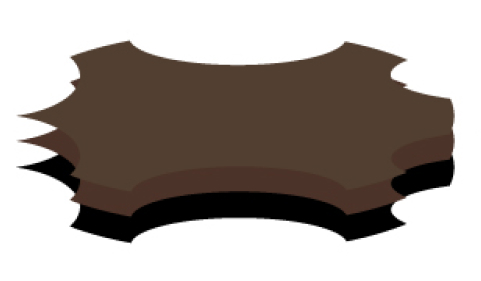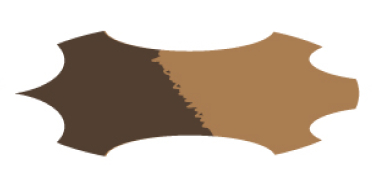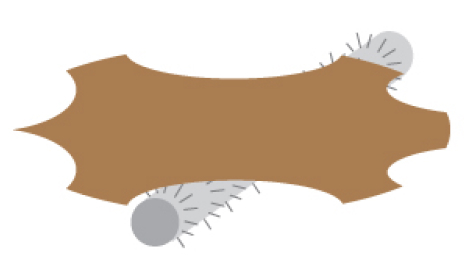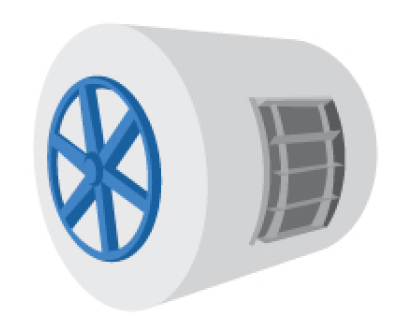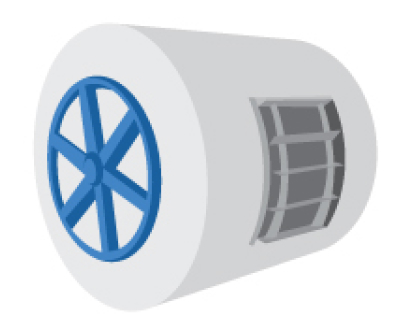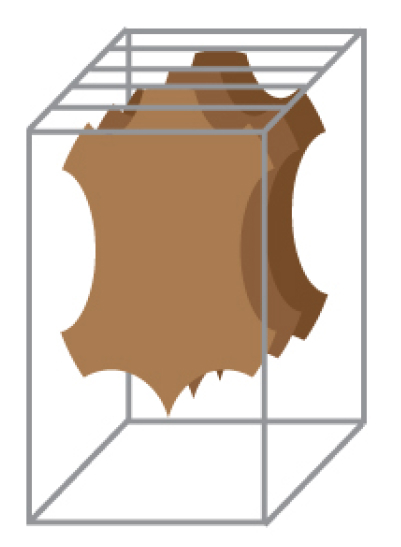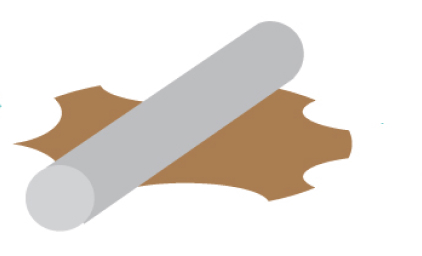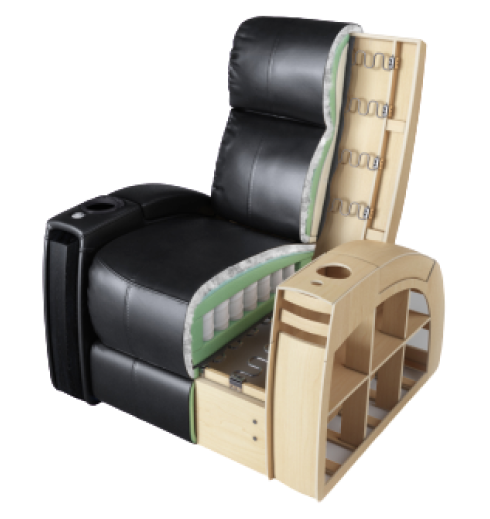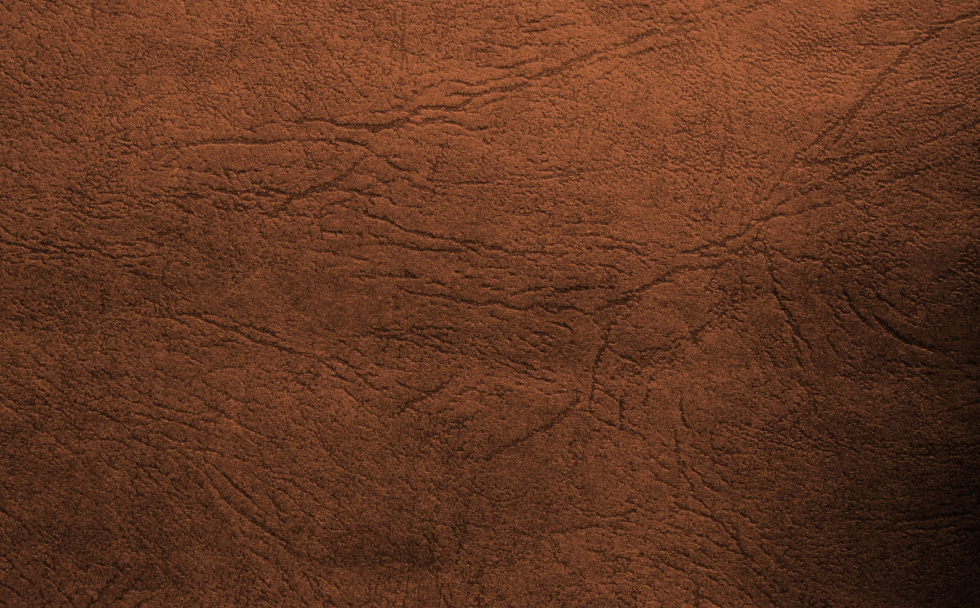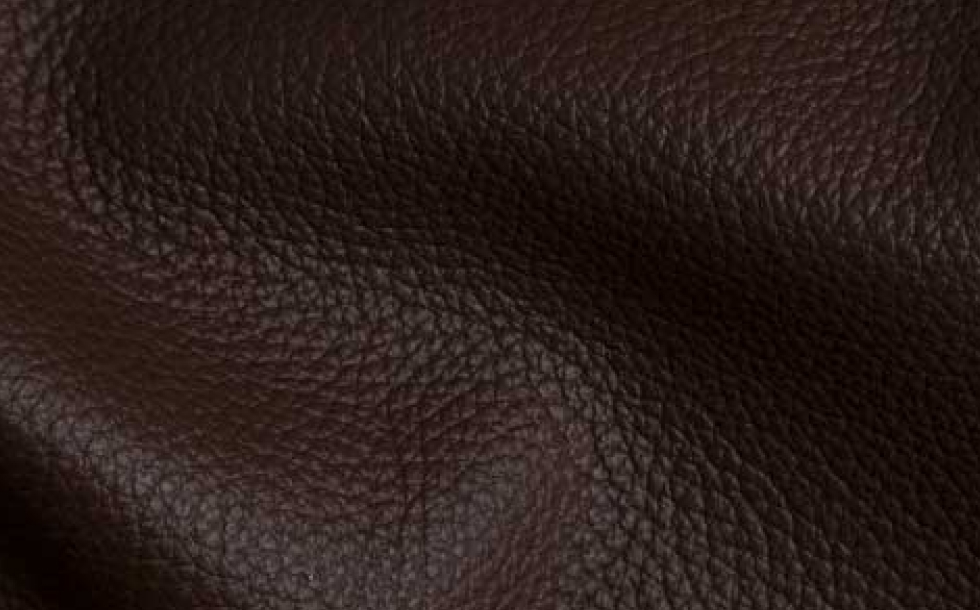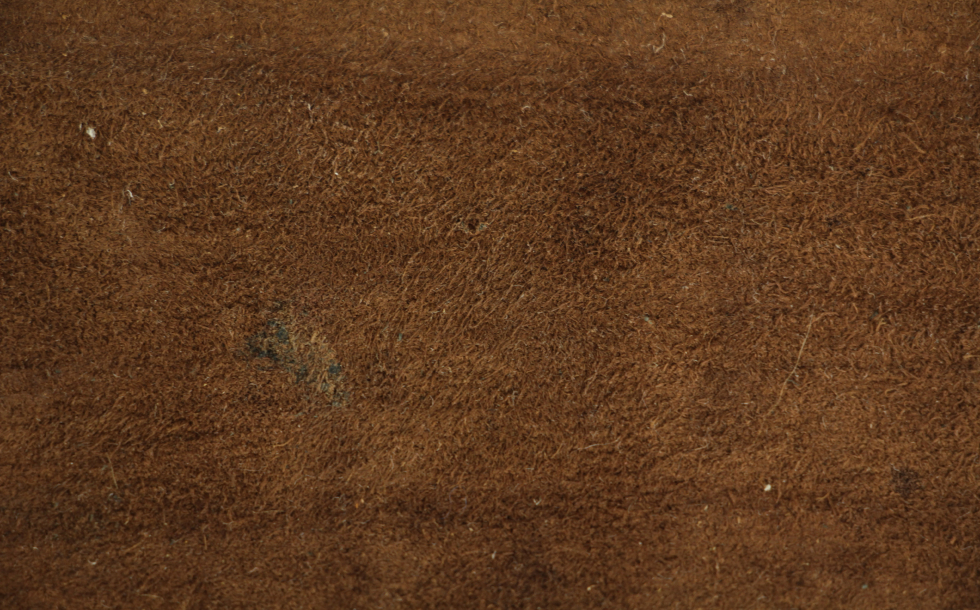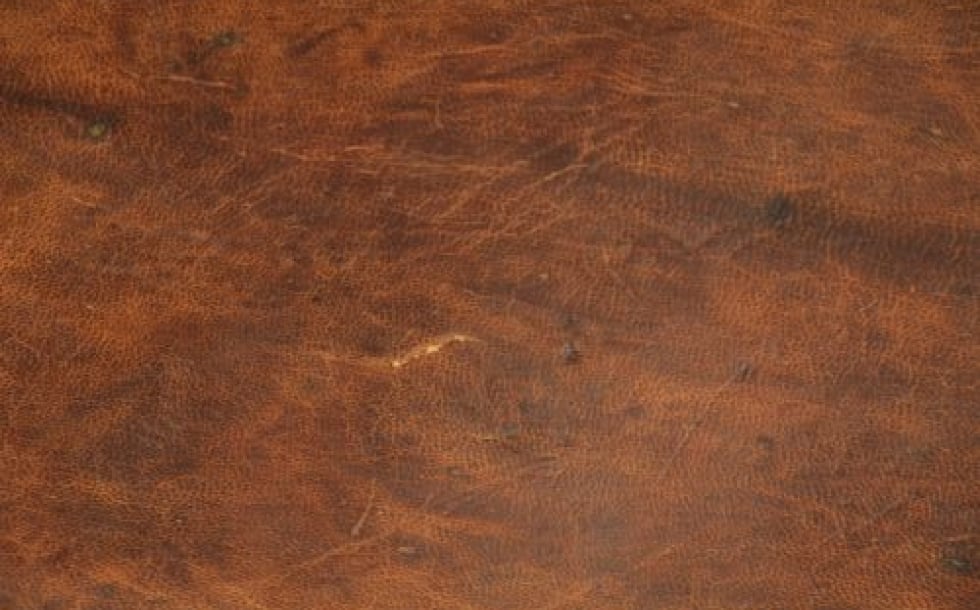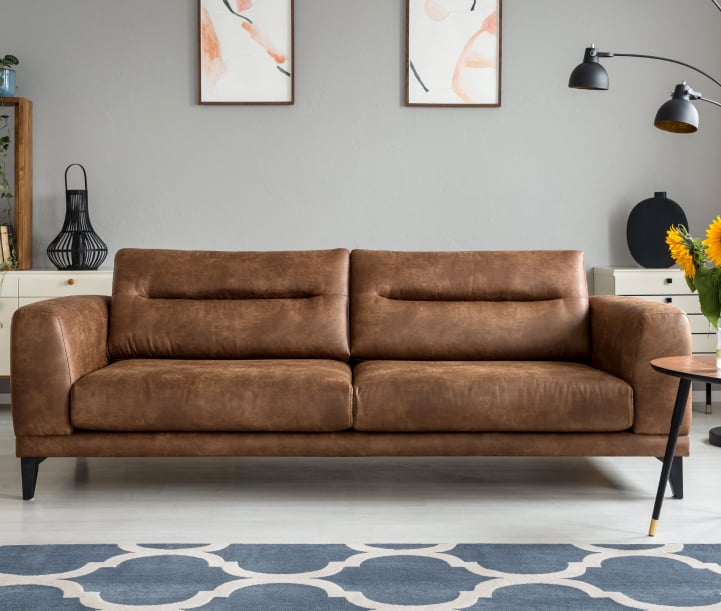
Grains and grades: understanding types Of leather
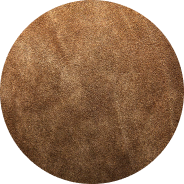
When businesses need to promote and differentiate their leather products in the marketplace, they sometimes create a new type of leather or stretch the definition of the leather they are using to convince buyers to part with their cash.
This has led to a certain amount of confusion with leather terminology. The first step in buying your brand new leather sofa or home theater seat is therefore to make sure you are clear on what leather is and how a hide is divided into its different types.
The anatomy of a hide
Most of the $200 billion plus global market in leather comes from cattle hide. While the skins of lambs, goats and other animals are also used for leather goods, this article will mainly focus on cowhide.
A cow’s hide can be broadly divided into the outer ‘grain’ and the inner ‘corium’. This gives us our first division into full/top grain leather and split leather, which is made from the fibrous corium.
$200 bn
global market in leather comes from cattle hide
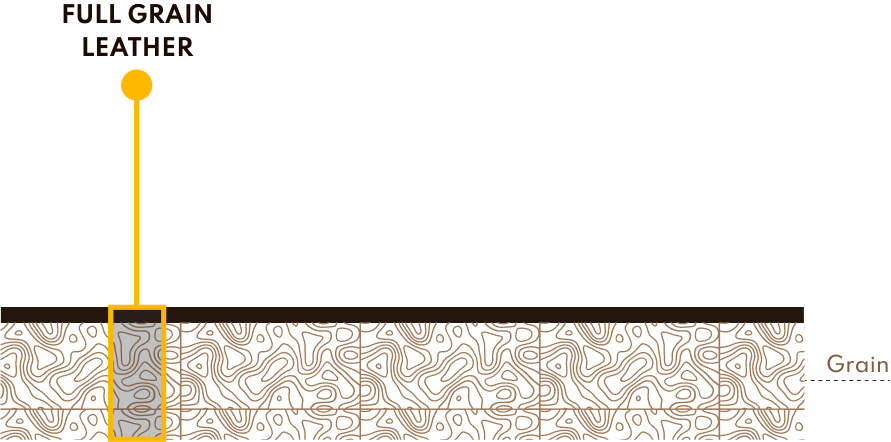
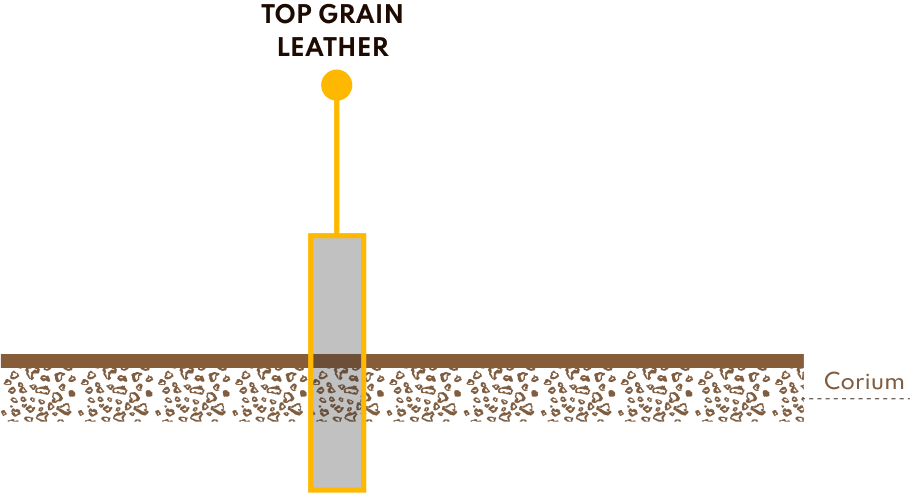
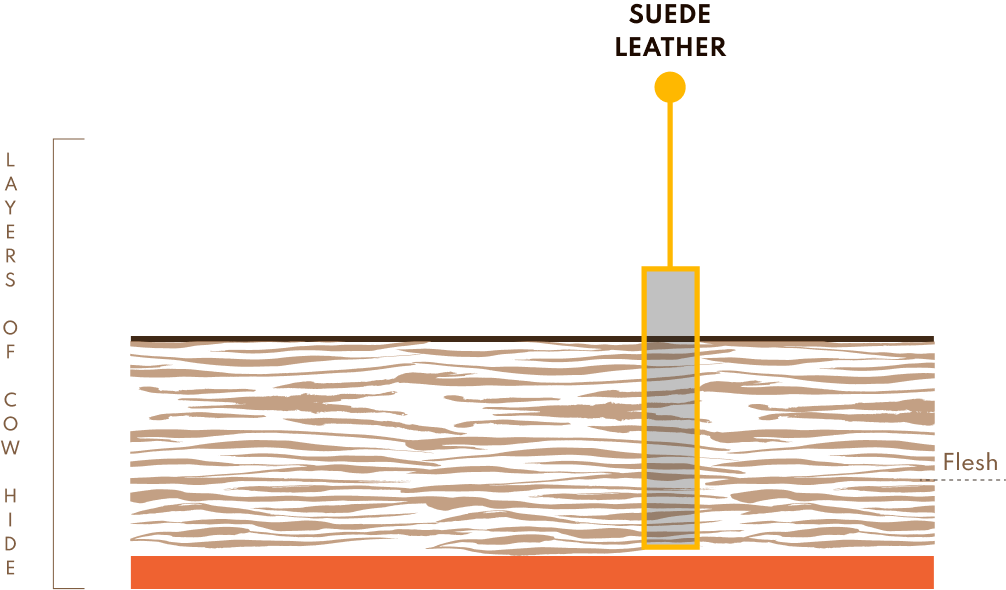
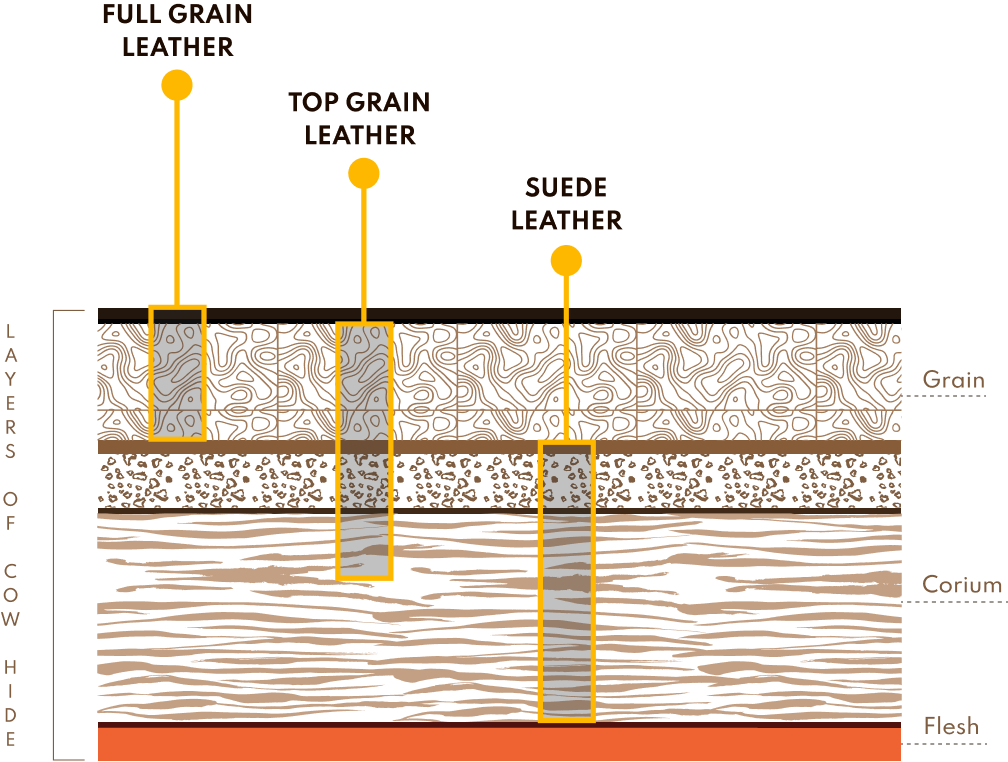
The Main 4 types of the Leather are Full Grain, Top Grain, Corrected Grain and Suede
Full Grain
= Entire Outer Layer – the hair
Full grain leather is made from the entire outer layer of the hide minus the hair. The grain refers to the closely-packed vertical and horizontal fibers which give the hide its strength, durability and water-resistance. Any imperfections that may be on the skin (e.g. insect bites, scratches, stretch marks etc.) are retained.
Top Grain
= Buffed or Sanded Full gain leather
So if full grain leather is from the outer layer or ‘top’ of the hide, then what is top-grain leather?
Top grain leather is full grain leather which has been buffed, sanded or otherwise treated to remove imperfections. Sanding the grain right down to the corium junction creates a type of leather called nubuck which is very soft but still fairly durable.
Full grain, top grain, corrected grain and suede can all be used in furniture upholstery. All other types of leather will be variations of these four types of leather.
Linking grain, grade
and leather quality
It is often stated that full grain leather is the best type of leather but this is not strictly accurate.
The grade of a piece of hide is a better indication of quality because a lightly sanded piece of first grade top grain leather from the center of the animal’s back is going to be of superior quality than a fourth grade full grain leather taken from the looser-fibered legs or tail area of a beast with signs of disease and wounds.
1st Grade
Top grain leather
from the center of the animal’s back
quality
than
4st Grade
Full grain leather
from the looser-fibered legs or tail area of a beast with signs of disease and wounds.
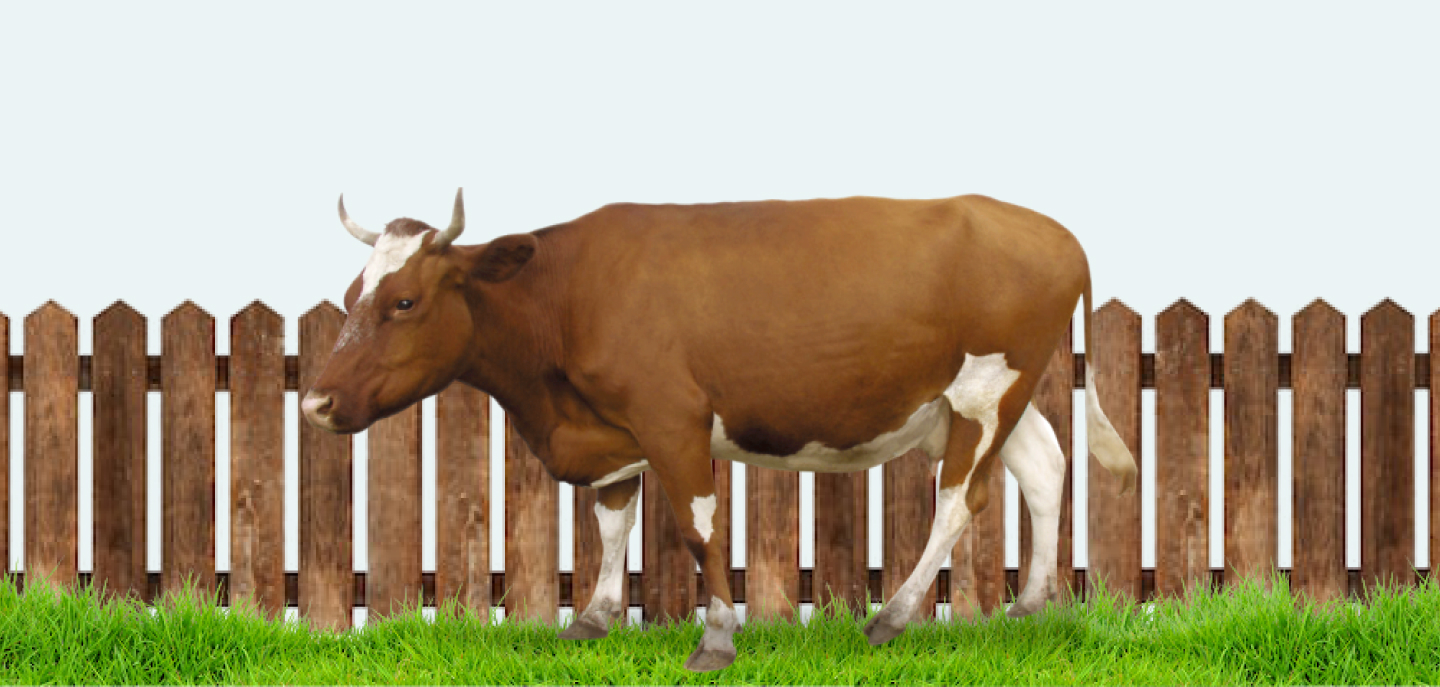
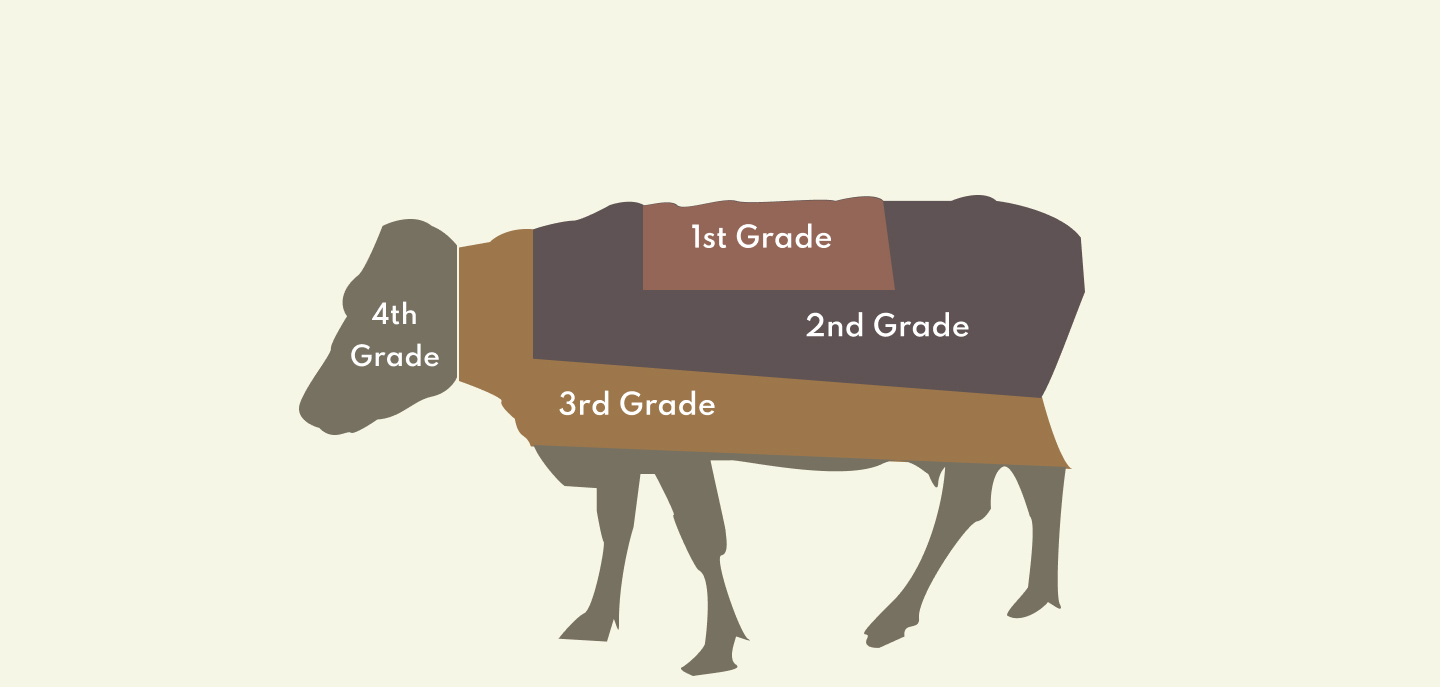
The species of animal, its breed and the conditions and climate it lived in will also affect the properties of the leather. For example, you can expect animals from a cold, wet climate to have developed an especially thick, watertight skin. Hot, moist areas will have lots of insects and you are likely to see more bite marks in leathers from these areas.
Then there is the issue of fashion and changing tastes. The best leather used to mean first grade, full grain skins kept aside for high-paying customers.
Third and even fourth grade full grain leathers often command the highest price precisely because their visible imperfections prove their authenticity.
Finally, the skill of the leather workers and the quality of the manufacturing process is a big factor in quality. Artisans from Italy are generally regarded as being among the best in the world.
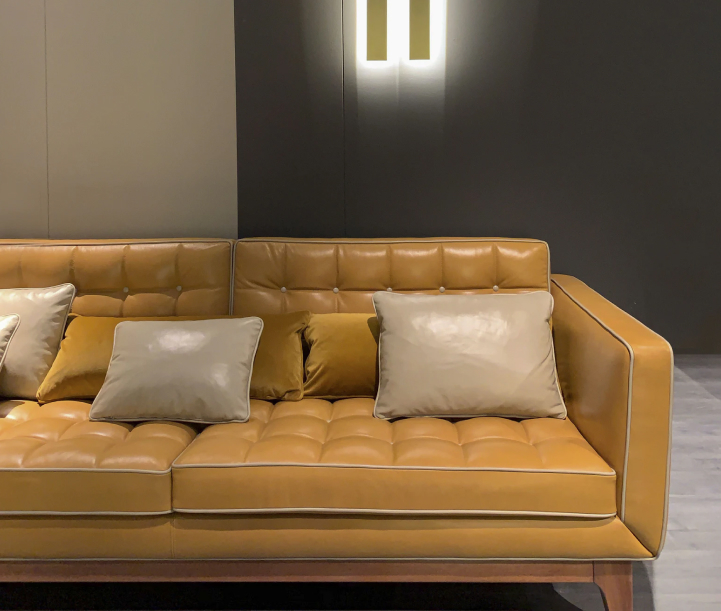
The real
meaning of
genuine leather
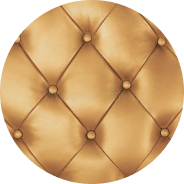
What is actual meaning of “Genuine leather?”
Some people have been led to believe that only genuine leather is worth buying
Others are convinced that genuine leather refers to split leather rather than the more highly sought-after full grain leather.
Another source of consumer confusion is the term ‘genuine leather’. Whereas some people have been led to believe that only genuine leather is worth buying, others are convinced that genuine leather refers to split leather rather than the more highly sought-after full grain leather.
This has led to baffled consumers asking questions like, ‘Is top grain leather genuine leather?’ The simple answer is yes because all real leather is genuine leather. If the fabric started its life as an animal’s skin, it is real leather.
While the term ‘genuine leather’ was originally used as a mark of pride by top quality leather goods retailers, it has now been largely dropped because of the negative connotations some people have about the term.
The alternative to genuine leather is synthetic or faux leather which isn’t made from an animal’s skin at all. Bonded leather (whether first or second generation) is also best thought of as a synthetic leather because it contains only a small amount of leather in the form of offcuts and ground down hide. Manufacturers are not required to clarify the proportion of leather in bonded leather products which can be below 20% in some cases.
Here is the manufacturing process of Bonded Leather:
Bonded leather, which was first rolled out in 2007, is made from pulped leather scraps adhered to a paper or fiber backer. It is then coated with polyurethane and embossed with a leather grain design. Although bonded leather is designed to look like real leather it has none of the other properties traditionally associated with real leather (durability, strength, breathability, etc.)
Other types of real leather
We have already clarified that full grain, top grain, corrected grain, nubuck and suede are all real types of leather. All of the following are also types of real leather:
Yet more terms for treated leather will be revealed in the section on tanning, coloring and finishing.
DOs
- Check whether leather is real or synthetic
- Consider non-animal alternatives to leather furniture such as vegan leather
- Ask us about our leather options (e.g. our Turbo XL700 movie theater seats are available in both Italian top grain and bonded leather)
DON’Ts
- Confuse bonded leather with real leather
- Assume leather labeled as genuine is either high or low quality (it could be either)
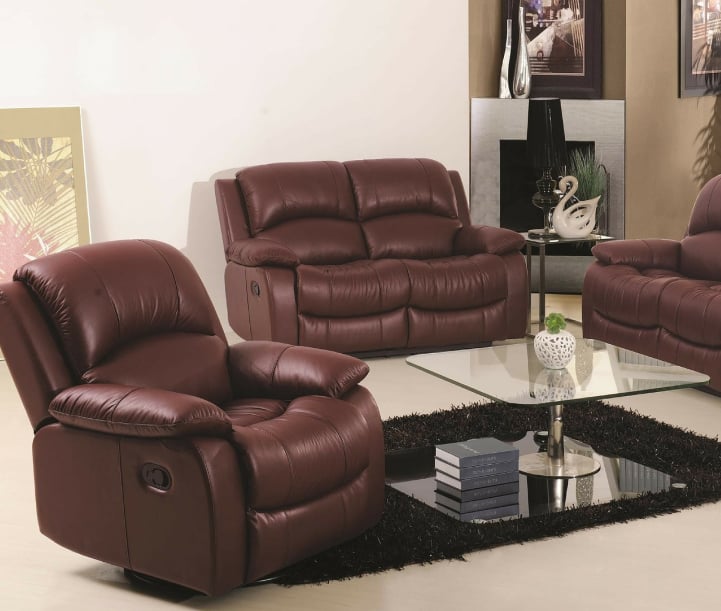
Tanning,
coloring and
finishing leather
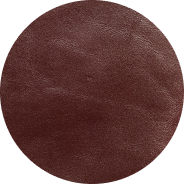
Before anything has been done to it, leather is simply known as rawhide. It then goes through a manufacturing process which includes dehairing, de-fleshing, pre-tanning, tanning and drying where it becomes crust leather (chrome crust or vegetable crust depending on the tanning process used). It can then be split and dyed. Additional oil is sometimes worked into the hide at this point. This makes the hide nice and flexible and can create an attractive look which is popular with consumers.
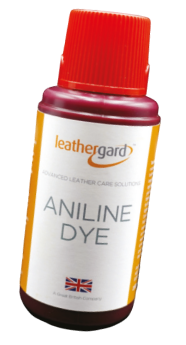
The lightest treatment, best for preserving the natural appearance of full grain leather, involves the use of aniline dyes. Aniline full grain leather is expensive and needs to be cared for well because it can stain easily. Aniline dyes may also be used for nubuck.
Unlike dyes, pigments form a coat of color which can obscure the fine grains of a piece of leather. Semi-aniline leather uses a small amount of pigment in a thin polyurethane surface coat. This technique is often used on pieces of top grain leather to help restore some color.
Corrected grain leather may contain a lot of pigment and is often embossed with a grain effect. Some color treatments take advantage of the natural qualities of leather to create interesting effects. One example is pull-up or oily pull-up leather which is injected with oils and waxes. This leather stretches with age, revealing the natural coloration of the leather below the pigments. Another is to deliberately wear away a coat of pigment unevenly to create a distressed or vintage look.
Adding grease and wax can create a waxy hand leather finish. Burnishing is another finishing technique that darkens and smooths leather, often using a spinning metal disc.
DOs
- Consider leather which has been vegetable-tanned only
- Explore different colors and finishes to get the appearance you like
DON’Ts
- Buy aniline leather unless you are sure you can protect it from staining
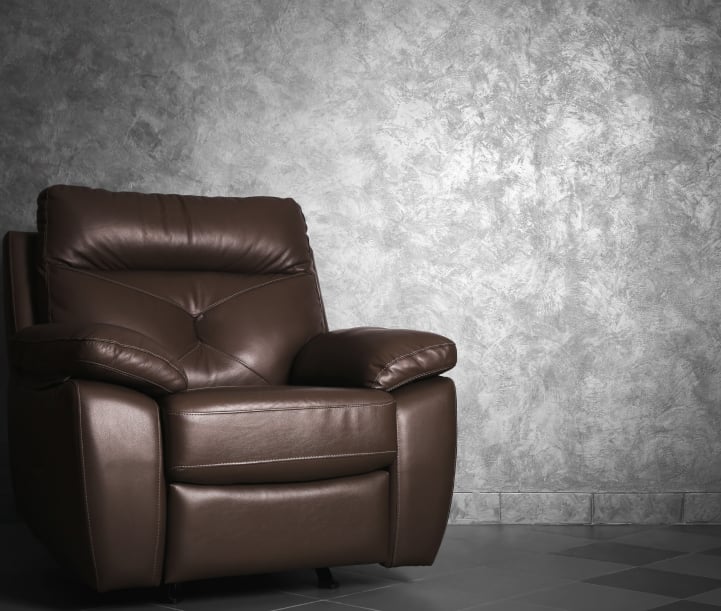
What is the best
leather for
upholstery?
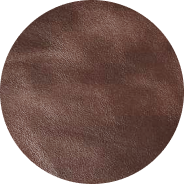
Good quality furniture leather should ideally have a relatively smooth texture and be strong, durable, flexible, breathable, water-resistant, stain-resistant and attractive.
So providing it is light enough, is top grain leather good for sofas? In fact, many upholsterers use a range of different leather types on a single item of furniture. That’s because a single hide measures three by six foot on average so most sofas need more than one piece. While a top grain or even full grain leather might be used for the all-important seats, there is rarely a need to use the best quality hide for the rest of the sofa. Therefore, you will often find that corrected grain leather is often stitched to the main piece to cover the less important backs and sides.
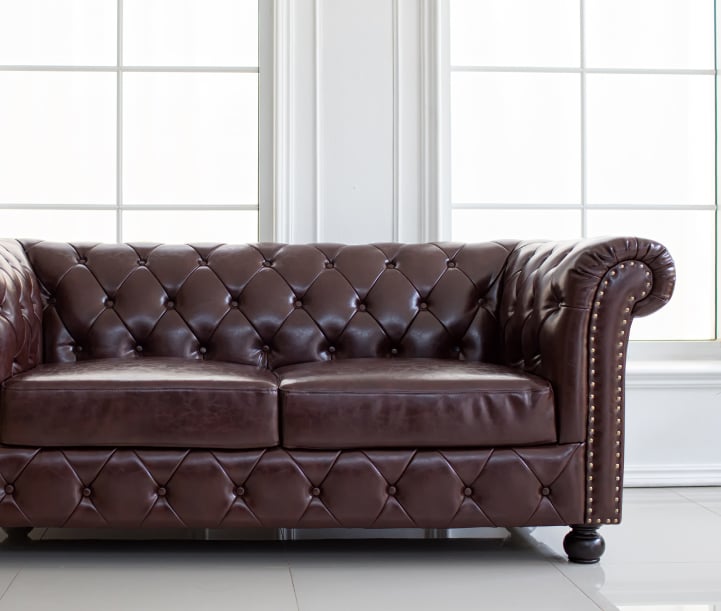
The qualities of
different leather
types
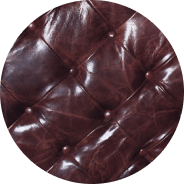
So what is the best leather for furniture? There is no simple answer. Buying leather furniture is a personal activity and no one sofa or theater recliner will fit everybody. Therefore, it is important to know exactly what you and your family expect from your leather sofa before parting with your cash.
When shopping for leather furniture, including sofas and theater seating, you need to keep your needs front of mind as this will help you to narrow down your choices between different pieces of leather.
We have broken down the qualities of leather into seven areas to help you make your decision:
Feel / Texture
Leather can range from the roughest untreated full grain cowhide to the most buttery tooling calf leather or super smooth lambskin suede.
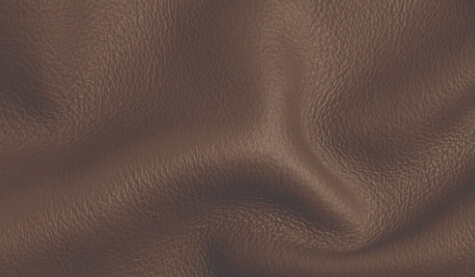
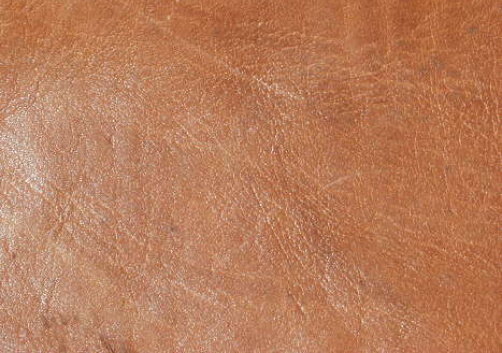
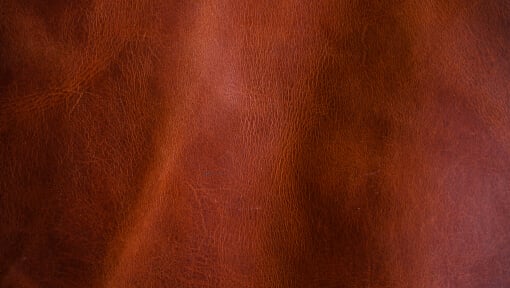
If you are going to be spending lots of time sitting on a piece of leather, you probably want to go for something relatively smooth without compromising too much on durability.
The finishing process has a significant effect on texture. Buffing and oil tanning can help soften up a tough piece of leather while adding lacquer can create a smooth surface. If too much lacquer is applied, leather can become ‘over-coated’ giving it an artificial plasticky feel.
Water Resistance
Full grain and top grain leathers generally have excellent water-resistant properties but lower grade pieces with looser fibers are not quite as effective and can soak up water and swell over time. Oil tanning can help to improve the water resistance of leather.
Untreated suede is not waterproof at all and can stain very easily. It is unsuited to moist areas or where muddy footprints (or paw prints) are likely to be an issue.
Breathability
Since leather is an animal skin, the surface contains pores which open and close in response to heat. This helps to regulate moisture levels and prevents leather furniture from sweating. This property only applies to full grain and top grain leathers. Avoid overly pigmented leathers as these can block the pores and affect breathability. Latigo is a good choice of breathable leather for outdoor pursuits.
Strength and Durability
Appearance
Leather which retains its original appearance is highly regarded. Full grain leather may include evidence of insect bites, scarring and other imperfections which are often seen as part of its unique appeal. Aniline and semi-aniline leathers apply a soft touch with minimal dyes and pigments added.
Corrected grain leathers are available in a wider range of patterns and colors which may suit some buyers. They are often embossed with an artificial grain.
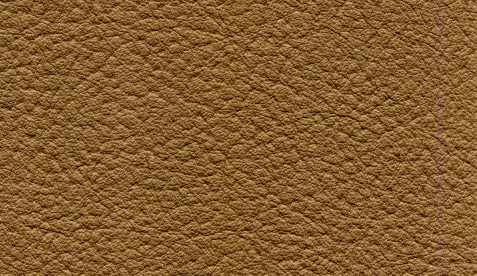
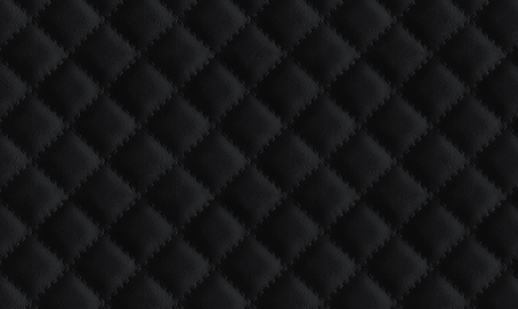
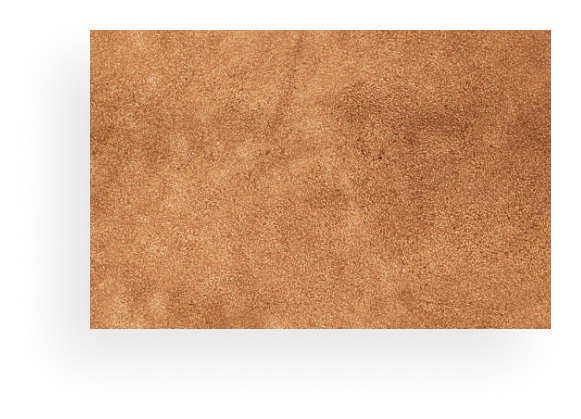
Some types of leather, notably aniline full grain leather, nubuck and suede, get dirty and stain very easily. A semi-aniline top grain leather is slightly more resistant to staining so it may be worth erring on the side of caution. All pigmented leathers will fade when exposed to UV light.
Flexibility/Suppleness
Top grain leather is generally very flexible but some grades and types are more flexible than others. Kidskin, latigo and tooling calf leather are especially supple while the process of oil tanning can help increase the flexibility of a piece of skin. All top grain leather will eventually lose its suppleness but the overstretched appearance is valued in its own right.
All top grain leather will eventually lose its suppleness but the overstretched appearance is valued in its own right.
Some types of leather are designed to crack on bending to create a distressed effect but it is unlikely many people will value this feature for their upholstery.
Environmental Impact
In terms of personal health and hygiene, leather is often preferred by homeowners as it is easy to clean and keep dust-free. However, some types of leather tanning have been criticized.
In particular, the chrome-tanning process has come under fire from environmental groups as it has been found to contaminate groundwater in some countries. Fortunately, there are chrome-free tanning processes that provide a valid alternative for the eco-sensitive.
DOs
- Prioritize the qualities you want from your leather furniture
- Match the type of leather to the qualities it is renowned for
- Consider nubuck leather as a compromise between smoothness and durability
DON’Ts
- Rush into buying leather furniture without considering its purpose
- Allow the look of a piece of leather to cloud your judgement
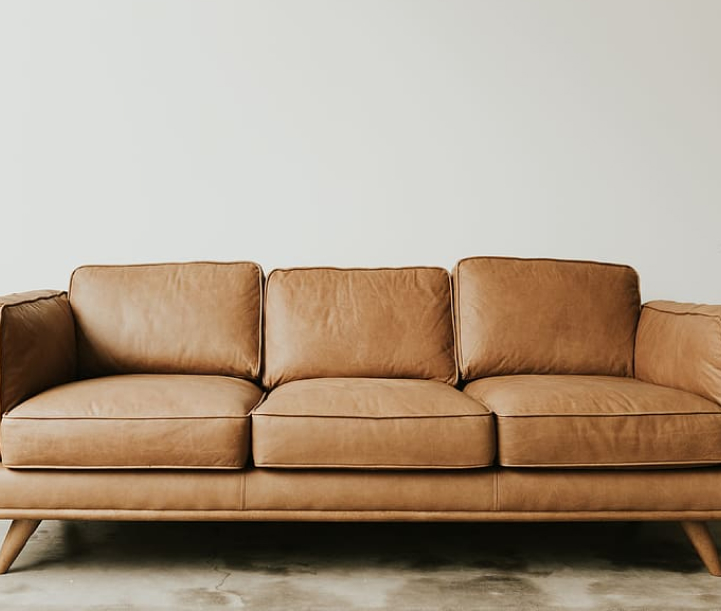
How to tell the
quality of a
leather sofa
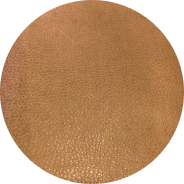
Although it is not always possible to physically visit a showroom before you buy leather furniture it is best if you can. You can then get up close to study and touch the fabric.
For most sofas, you should see where the skins have been stitched together.
First, how do you determine whether the leather is genuine? For most sofas, you should see where the skins have been stitched together. There should also be a clear label explaining where the leather is from together with additional details. If you can look at the reverse of the leather, it should be colorless and rough to touch.
Smell will give you added reassurance because there is no mistaking the rich, pleasant aroma of real leather.
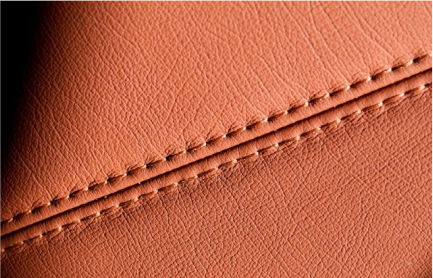
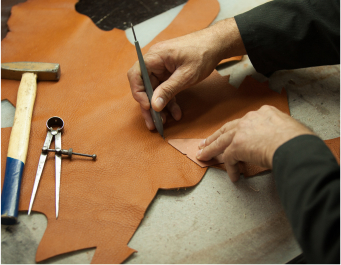
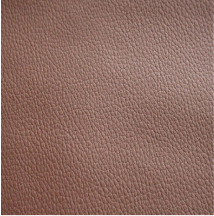
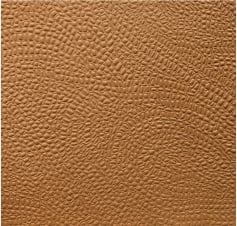
Next you want to check out the grain.
Next you want to check out the grain. If this is perfectly uniform, you could be looking at a faux or bonded leather piece. Alternatively, it could be that the leather is genuine but with an embossed pattern (i.e. corrected grain or a highly processed top grain piece).
If you are purchasing an aniline leather sofa or seat
If you are purchasing an aniline leather sofa or seat you should be able to see the imperfections in the grain clearly and the surface should be warm to the touch. The grain in pigmented leathers will be less visible and feel cool due to the protective surface coat.
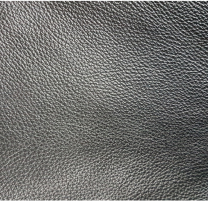
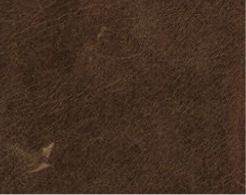
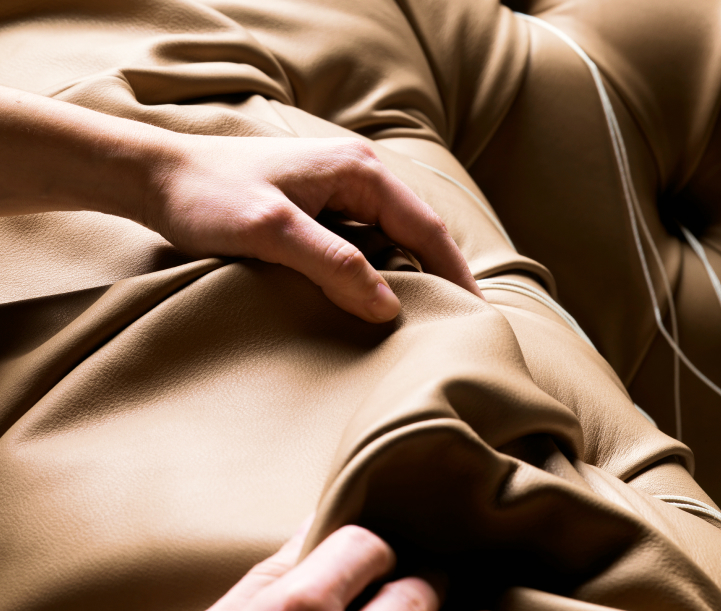
Summary: How
to buy quality
leather
furniture?
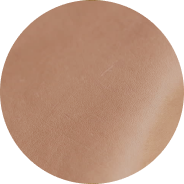
Use the grading of a piece
When shopping for quality leather products, including leather sofas and home theater seating, use the grading of a piece of leather as a broad indication of quality but expect to find a few imperfections even on first grade full grain leather.
Know more about Grains and Grades of the leather
Grade
Grade
Grade
Grade
Avoid paying too much attention to marketing jargon
Avoid paying too much attention to marketing jargon such as ‘premium’ and ‘genuine’ leather but make sure you establish whether the leather is real or artificial. If the retailer offers different colors and finishes, spend time looking through these to find out what suits your décor and taste.
Know more about Tanning, coloring and finishing leather
Inspect, feel and even smell your leather furniture
Ideally, you will get the chance to inspect, feel and even smell your leather furniture before you buy. Either way, if you have any questions, speak to the retailer to find our more detailed information about the leather used in specific products. For example, we would be happy to provide you with full information on the top grain leather we use for our Flex HR and Azure HR movie theater seats. We also recommend you check out our Italian leather seating products due to the proven artisanal qualities of leather from this country.
Know more about How to tell the quality of a leather sofa.
Flex HR
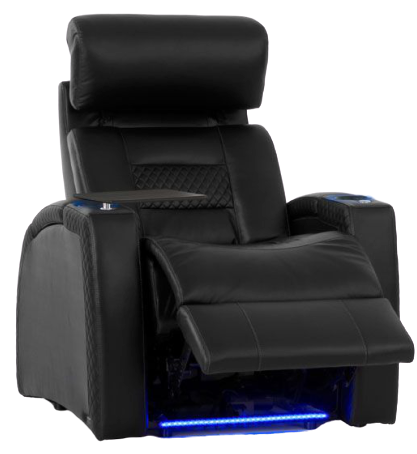
- Italian Top Grain Leather
- Power Recline
- Gel Infused Memory Foam Seat Topper
- Power Headrest
Consider alternatives to real leather
Finally, consider alternatives to real leather such as cost-effective bonded leather, animal friendly vegan leather or alternative natural or synthetic fabrics. If you are concerned about the impact to the planet, consider leather which avoids chrome-tanning processes.
Whatever your decision, don’t rush and make sure your choice of furniture is based on full and accurate information and that you prioritize the factors that matter to you.
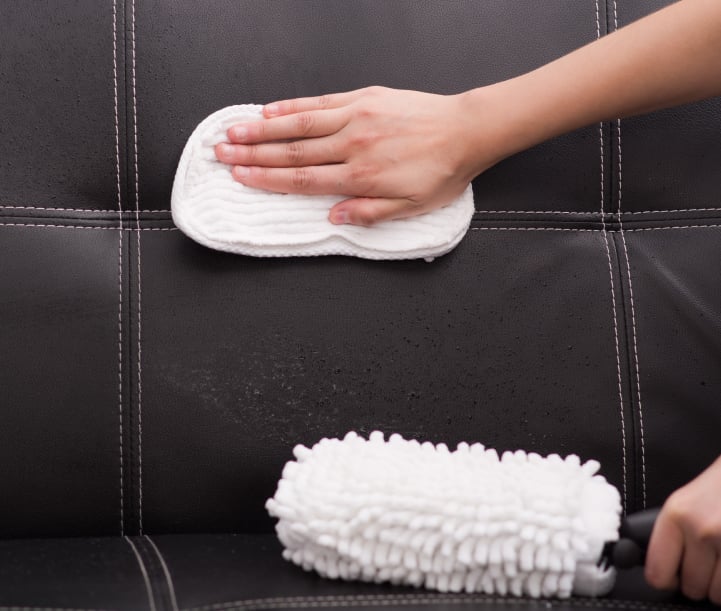
Caring for
leather furniture
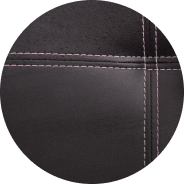
Having a great looking sofa or theater seat is great but can you keep it that way?
Rather than risk damaging your precious leather using homemade cleaners researched on Google, stick to tannery-endorsed products. This will also ensure you are protected by your warranty if anything does go wrong. Even still, it is a good idea to spot test any commercial cleaners on an inconspicuous piece of leather before spraying it all over the seat.

For the most sensitive unfinished aniline leather, you may want to avoid cleaners altogether and just occasionally wipe down with distilled water. Some aniline leather owners stick to dusting and vacuuming and avoid all liquids.
Protected leathers can withstand more vigorous cleaning but avoid alkaline products (leather has a slightly acidic pH).
Vacuum the seat first
wipe over with a microfiber cloth dampened with a solution of detergent-free soap and distilled water
wipe down with a towel dry.
wiping down with a clean cloth soaked in distilled water
For full and top grain leathers, occasional treatment with a leather conditioner can help increase their lifespan by keeping them moist and supple. In most climates, this is not strictly necessary but if you live somewhere hot and dry, using a conditioner is a good idea.
You should also keep young children and pets away from leather furniture where possible, especially unprotected full grain leather.
Of course, despite our best intentions, there is always the chance that something could be spilled on your prize leather seat. Rather than waiting until that time occurs, we recommend preparing a stain removal kit based on our ultimate guide to leather stain removal.

